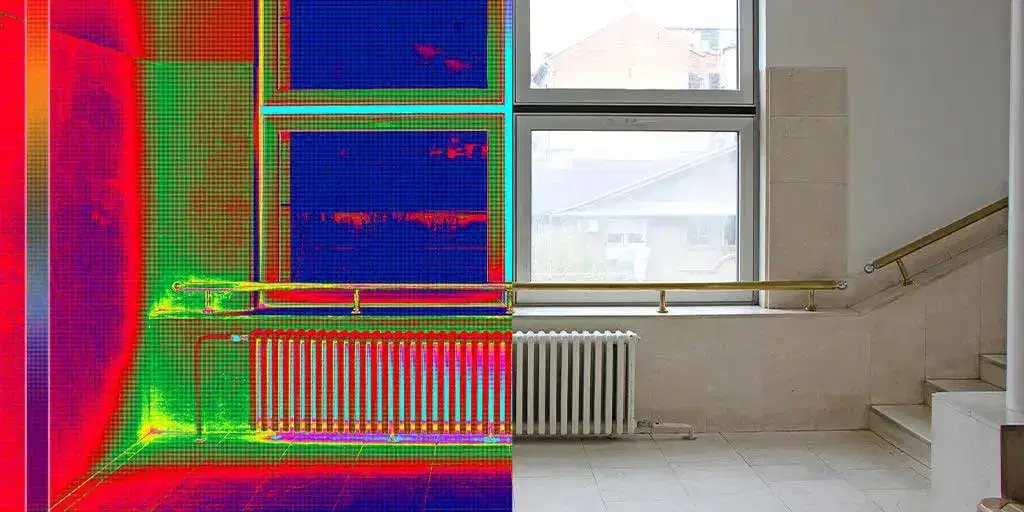Thermal Modelling in Construction
With increasing concerns about climate change and a need to support projects that facilitate climate-resilient buildings, one of the services we offer and are increasingly asked for is thermal modelling in construction.
What is thermal mass?
Thermal mass refers to a material’s ability to absorb, store, and release heat. This concept is important in construction when considering materials such as concrete, bricks, and tiles that absorb and retain heat. Conversely, materials like timber, which do not absorb heat, are said to have low thermal mass.
The health and well-being of building occupants have always been vital, but in challenging times shaped by climate change, built environment professionals have adopted thermal modelling as a standard industry practice. Overheating in buildings leads to increased energy use and resource consumption, causes inefficiency and rising carbon emissions. Modelling can identify areas where a building may fail to meet design specifications, allowing developers to redesign the building until the simulation confirms its success and compliance.
How thermal modelling helps
Thermal imaging is used to visualise and identify potential concerns before issues that could cause breakdowns and structural damage occur. Performing any form of thermal analysis and modelling involves examining factors such as ambient temperature variables, heat transfer, gravitational effects, radiation parameters, whether the flow is laminar or turbulent, and studying transient conditions. It utilises 3-D computer simulations to analyse building design and assess data on thermal comfort, producing solutions to reduce overheating risks.
Elements examined include:
• Building usage
• Energy efficiency of the fabric and glazed elements
• Ventilation
• Size, shape, and orientation of the building
• Mechanical services
The Cudd Bentley sustainability team collaborates with our clients to create a detailed 3D model of the building using advanced simulation software. Key data such as occupancy patterns, heating and cooling systems, ventilation, and essential measurements are input into the model. The software can then simulate the building’s performance under various conditions, considering seasonal variations, occupancy scenarios, and usage patterns. This provides valuable insights into the building’s thermal behaviour, helping stakeholders and designers make necessary adjustments to optimise performance and ensure compliance with regulations.
Benefits of thermal modelling
- Reduced Construction Costs: By using thermal modelling at the early design stages, potential issues such as overheating hotspots, inadequate insulation, or inefficient window placements are identified before construction begins. This proactive approach mitigates costly changes that may occur further into a project.
- Compliance and Certification: Thermal modelling provides documentation and validation that a building meets regulatory requirements related to energy performance and occupant comfort.
- Enhanced Energy Efficiency and Operational Savings: Through detailed simulations, designers can optimise the selection of materials, insulation, and systems to create an environment that maintains comfortable temperatures with minimal energy input. This translates to lower energy bills, reduced operational costs, and a smaller carbon footprint.
- Designing for Occupant Comfort:
By analysing data related to occupancy patterns, seasonal climate changes, and building usage, thermal modelling ensures that spaces remain comfortable year-round. This creates healthy, productive environments, with good air quality contributing to occupant well-being.
Positive, proactive project collaboration is always central to any partnership with clients. We utilise visual and data-driven outputs from thermal modelling to help stakeholders understand the impact of design decisions and make informed choices. Our skilled mechanical and electrical engineers then work with our clients to support the development of sustainable and high-performing buildings.



